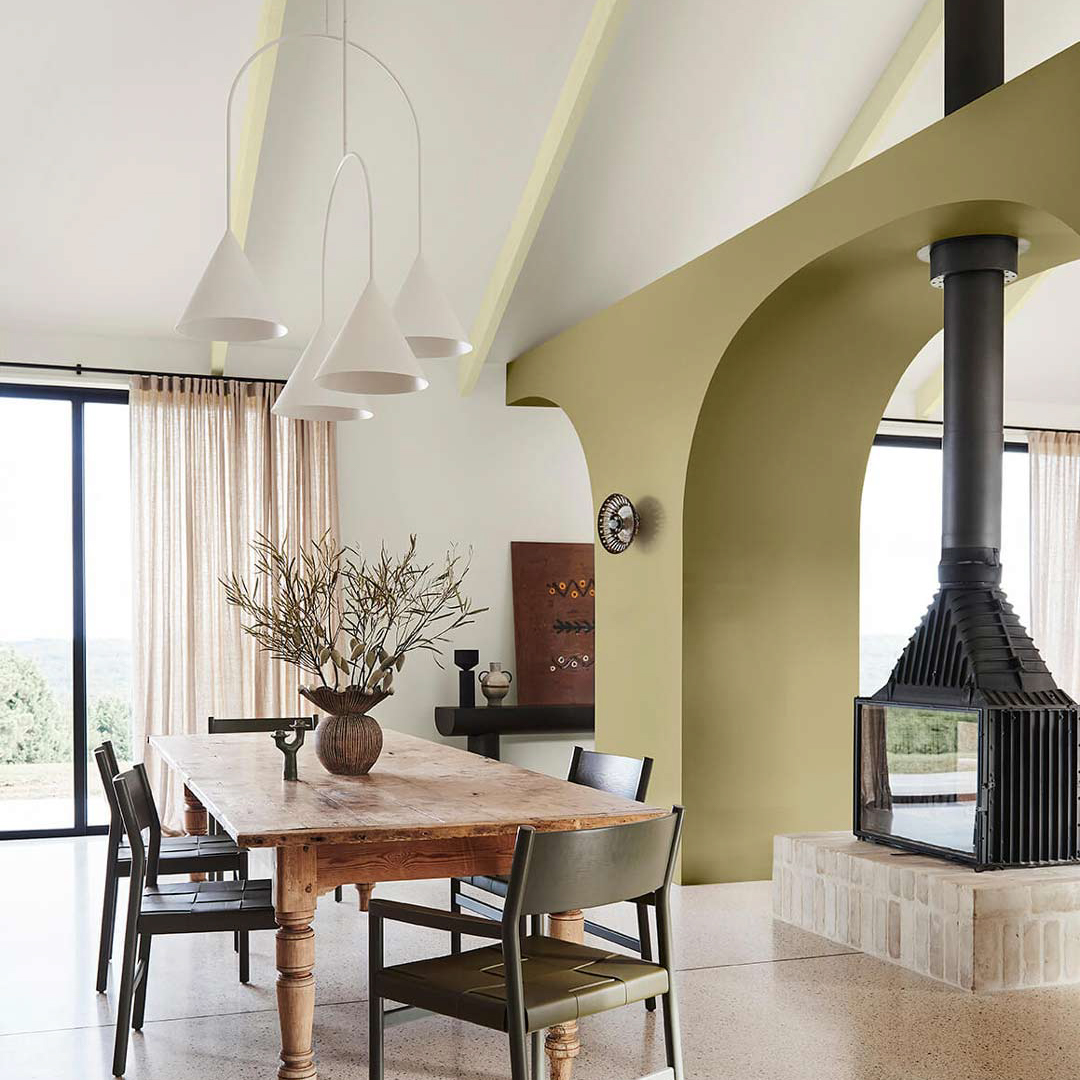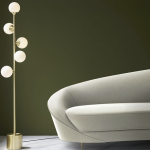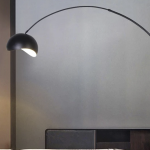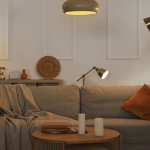
Introduction
Danish Design has become synonymous with minimalism, functionality, and elegance. It’s a style that has influenced many designers and artists around the world. Danish Design started in the mid-20th century, and it still has a significant influence on today’s design landscape.
The History of Danish Design
The roots of Danish Design can be traced back to the early 20th century, with the emergence of the Danish Arts and Crafts movement. The movement aimed to promote high-quality craftsmanship and traditional materials. However, it wasn’t until after World War II that Danish Design became internationally recognized.
Designers like Arne Jacobsen, Hans J. Wegner, and Finn Juhl are some of the most well-known names in Danish Design. Their work was characterized by clean lines, simple forms, and the use of natural materials like wood and leather.
The success of Danish Design was partly due to the country’s strong social welfare policies, which enabled designers to focus on creating products that were functional, simple, and affordable. This emphasis on practicality and affordability made Danish Design accessible to everyone, not just the elite.
Key Characteristics of Danish Design
Danish Design is all about simplicity, functionality, and elegance. It’s about creating products that are beautiful, yet practical. Here are some of the key characteristics of Danish Design:
Clean Lines:
Danish Design is characterized by clean lines, simple forms, and minimal ornamentation. It’s about creating products that are visually appealing but not cluttered.
Natural Materials:
The use of natural materials like wood, leather, and wool is a fundamental aspect of Danish Design. These materials are durable, sustainable, and have a timeless quality.
Functionality:
Danish Design is rooted in the idea that form should follow function. It’s about creating products that are practical, useful and enhance everyday life.
Comfort:
Danish Design is also about comfort. Designers create products that are not only visually appealing but also comfortable and ergonomic.
Why Danish Design is Relevant Today
Danish Design has stood the test of time and remains relevant today. The principles of simplicity, functionality, and elegance are timeless and can be applied to modern-day design.
In today’s world, where consumers are becoming more conscious of their environmental impact, Danish Design’s focus on sustainability and durability makes it more relevant than ever. The use of natural materials and the emphasis on high-quality craftsmanship means that Danish Design products can be enjoyed for generations.
Furthermore, Danish Design’s emphasis on functionality and practicality is also relevant in today’s fast-paced world. Consumers are looking for products that make their lives easier, and Danish Design offers just that.




